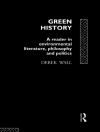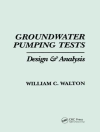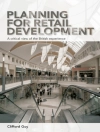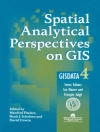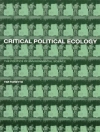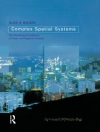Despite the promising and exciting possibilities presented by new and fast-developing remote sensing technologies applied to urban areas, there is still a gap perceived between the generally academic and research-focused spectrum of results offered by the “urban remote sensing” community and the application of these data and products by the local governmental bodies of urban cities and regions. While there is no end of interesting science questions that we can ask about cities, sometimes these questions don’t match well with what the operational problems and concerns of a given city are. The authors present data from six urban regions from all over the world. They explain what the important questions are, and how one can use data and scientific skills to help answer them.
Daftar Isi
Remote Sensing as a Tool for Urban Planning and Sustainability.- Automatic Land-Cover Classification Derived from High-Resolution IKONOS Satellite Imagery in the Urban Atlantic Forest of Rio de Janeiro, Brazil, by Means of an Object-Oriented Approach.- Advances in Urban Remote Sensing: Examples From Berlin (Germany).- Spatial Analysis of Urban Vegetation Scale and Abundance.- Urban Environmental Monitoring in Buenos Aires — Determining Green Areas.- Challenges in Characterizing and Mitigating Urban Heat Islands — A Role for Integrated Approaches Including Remote Sensing.- Phoenix, Arizona, USA: Applications of Remote Sensing in a Rapidly Urbanizing Desert Region.- Application of Remote Sensing and GIS Technique for Urban Environmental Management and Sustainable Development of Delhi, India.- Berlin (Germany) Urban and Environmental Information System: Application of Remote Sensing for Planning and Governance — Potentials and Problems.- Views of Chiang Mai: The Contributions of Remote-Sensing to Urban Governance and Sustainability.- 20 Years After Reforms: Challenges to Planning and Development in China’s City-Regions and Opportunities for Remote Sensing.


